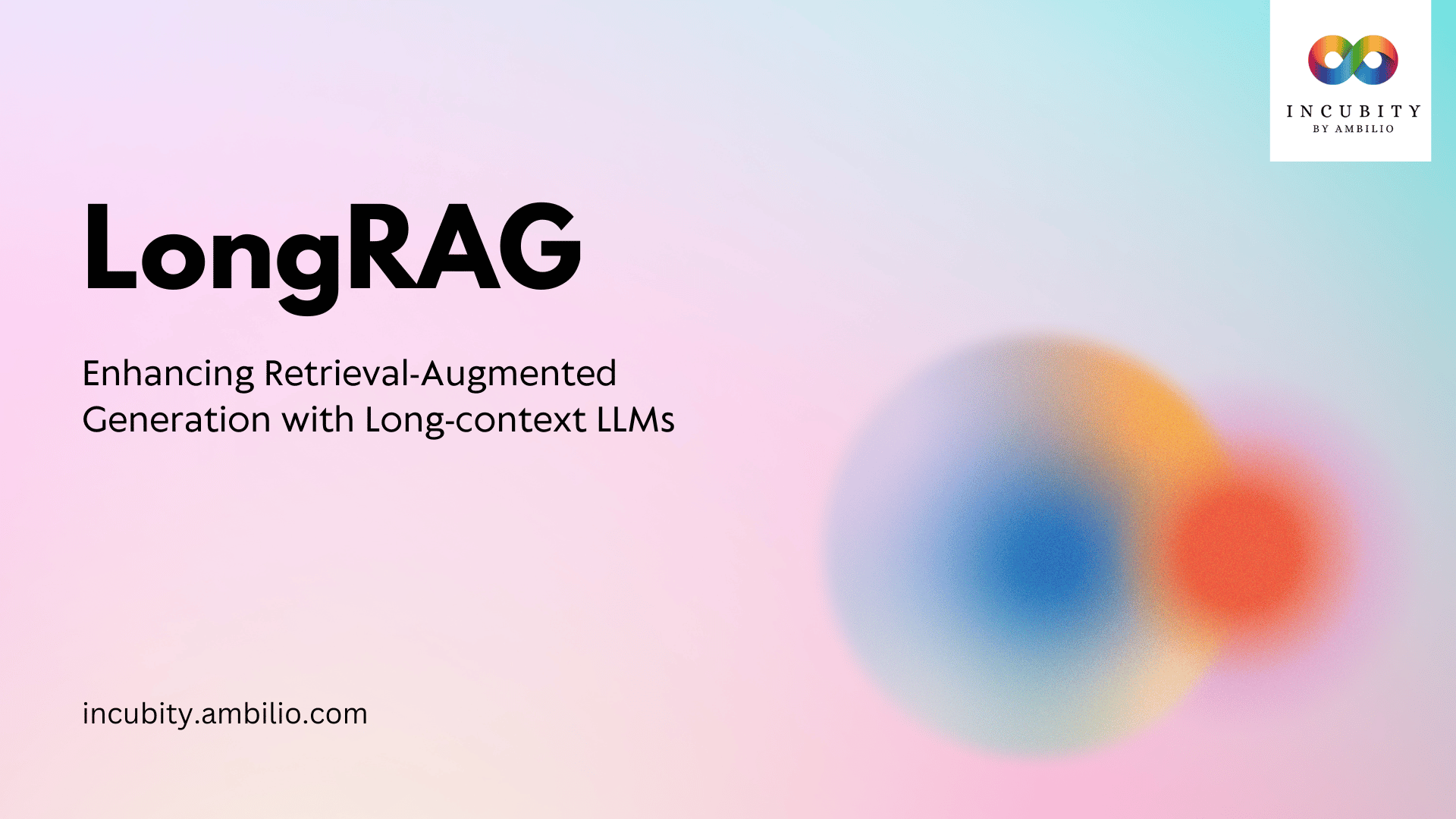In the evolving field of natural language processing (NLP), Retrieval-Augmented Generation (RAG) models have become essential tools for tasks like open-domain question answering. These models combine the capabilities of information retrieval with generation to provide accurate and contextually rich responses. However, traditional RAG models exhibit a significant imbalance: the retrievers handle a heavy load by searching through vast corpora to find relevant short text segments, while the readers have a relatively easier task of generating answers from these segments. This imbalance can lead to inefficiencies and suboptimal performance. The research paper “LongRAG: Enhancing Retrieval-Augmented Generation” introduces an innovative framework called LongRAG to address these challenges by leveraging long-context language models (LLMs).
The Imbalance in Traditional RAG Models
Traditional RAG frameworks use small retrieval units, such as 100-word passages, to find relevant context. This design forces the retriever to sift through a massive number of these small units, making the process computationally intensive and inefficient. Moreover, these short segments often fail to capture the complete semantic context, leading to fragmented information retrieval.
The Problem with Short Retrieval Units
- High Burden on Retrievers: Retrievers must process millions of small units, increasing computational load and complexity.
- Semantic Incompleteness: Short segments can miss important contextual information, leading to less accurate answers.

Traditional RAG Vs LongRAG
The LongRAG Framework
The LongRAG framework introduces several novel approaches to address these issues. The key components of LongRAG are designed to balance the workload between retrievers and readers by using longer retrieval units and leveraging the capabilities of long-context LLMs.

LongRAG Framework
Long Retrieval Units
Instead of short passages, LongRAG uses much longer retrieval units, such as entire documents or groups of related documents. This approach significantly reduces the number of units the retriever needs to process, from 22 million to 600,000, making the retrieval process more efficient and comprehensive.
- Three Levels of Granularity: LongRAG experiments with passage-level, document-level, and grouped documents-level granularity. Using longer units reduces the corpus size by 10-30 times and improves top-1 answer recall by around 20 points.
- Improved Information Completeness: Longer retrieval units capture more context, reducing semantic incompleteness and improving the quality of answers.
Long Retriever
The LongRAG framework features a long retriever that searches through these longer units to find relevant information. This reduces the retriever’s burden and enhances information completeness. Instead of focusing on precision, LongRAG prioritizes recall, ensuring that more relevant context is retrieved for the reader to process.
- Coarse Relevance Search: The long retriever identifies broad, relevant information across the longer retrieval units, making the search process more manageable and efficient.
- Similarity Scoring: LongRAG approximates similarity scores by maximizing the scores of all chunks within a long retrieval unit, rather than encoding the entire context directly. This approach mitigates the challenges of encoding very long texts.
Long Reader
LongRAG leverages advanced long-context LLMs, such as Gemini-1.5-Pro and GPT-4o, to process the extensive retrieved context and generate answers. These models can handle up to 30K tokens, significantly improving the accuracy and contextual relevance of the generated answers.
- Effective Answer Extraction: The long reader processes the top retrieved units, ensuring that the generated answers are based on comprehensive and relevant context.
- Superior Performance: In experiments, GPT-4o emerged as the most effective long reader, delivering superior performance in terms of accuracy and contextual understanding.
Evaluation and Results
The LongRAG framework was evaluated on the Natural Questions (NQ) and HotpotQA datasets. The results demonstrated significant improvements in retrieval performance and efficiency.
- Answer Recall Improvement: On the NQ dataset, answer recall@1 improved from 52% to 71%. For the HotpotQA (full-wiki) dataset, answer recall@2 improved from 47% to 72%.
- Zero-shot Answer Extraction: Without additional training, LongRAG achieved Exact Match (EM) scores of 62.7% on NQ and 64.3% on HotpotQA, matching the performance of state-of-the-art models.
Refined Evaluation Metrics
To better evaluate LongRAG’s performance, the authors proposed a refined Exact Match (EM) metric. This metric accounts for the extraction of aliases or different forms of the ground truth answer, providing a more accurate assessment of the model’s effectiveness.
Key Contributions and Insights
Shifting the Burden
One of the key contributions of the LongRAG framework is the strategic shift of the burden from the retriever to the reader. By using longer retrieval units, the framework reduces the number of units the retriever needs to process, thus lowering computational costs and improving efficiency. This balanced approach ensures that the reader can handle the detailed task of answer extraction more effectively.
Efficient Similarity Scoring
LongRAG’s approach to similarity scoring, which maximizes the scores of chunks within long retrieval units, is a notable innovation. This method allows the model to approximate relevance without the need for encoding extensive contexts directly, thus maintaining performance while handling larger text segments.
Effective Use of Long-context LLMs
Identifying GPT-4o as the most effective long reader underscores the importance of using advanced LLMs capable of processing large amounts of contextual information. This finding highlights the potential of long-context LLMs to enhance the performance of RAG systems significantly.
Future Directions
The success of LongRAG opens several avenues for future research:
- Fine-tuning Long-context Models: Further enhancing retrieval and reading capabilities through tailored training of long-context LLMs.
- Expanding to Other Domains: Applying the LongRAG approach to different datasets and types of questions to evaluate its versatility and robustness.
- Optimizing Computational Efficiency: Further optimizing the computational efficiency and speed of processing long retrieval units.
Final Words
The LongRAG framework represents a significant advancement in retrieval-augmented generation. By leveraging long-context LLMs and using longer retrieval units, LongRAG addresses the critical issues of traditional RAG systems, offering a more balanced, efficient, and high-performing approach to open-domain question answering. This work not only achieves state-of-the-art results but also sets a new direction for future research and development in NLP. The LongRAG framework demonstrates that prioritizing recall over precision and leveraging advanced LLMs can lead to more efficient and effective question-answering systems, paving the way for further innovations in the field.



